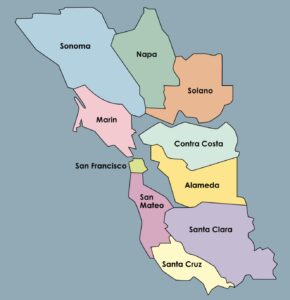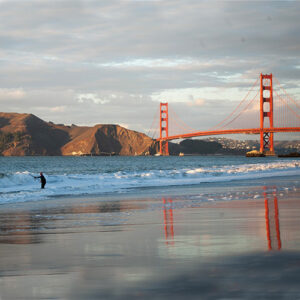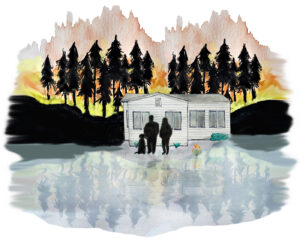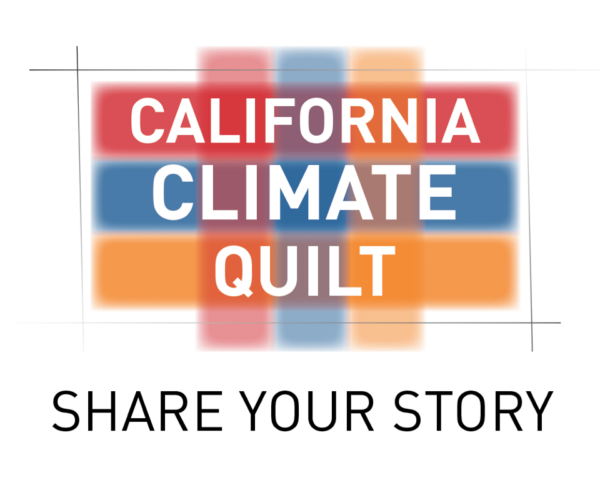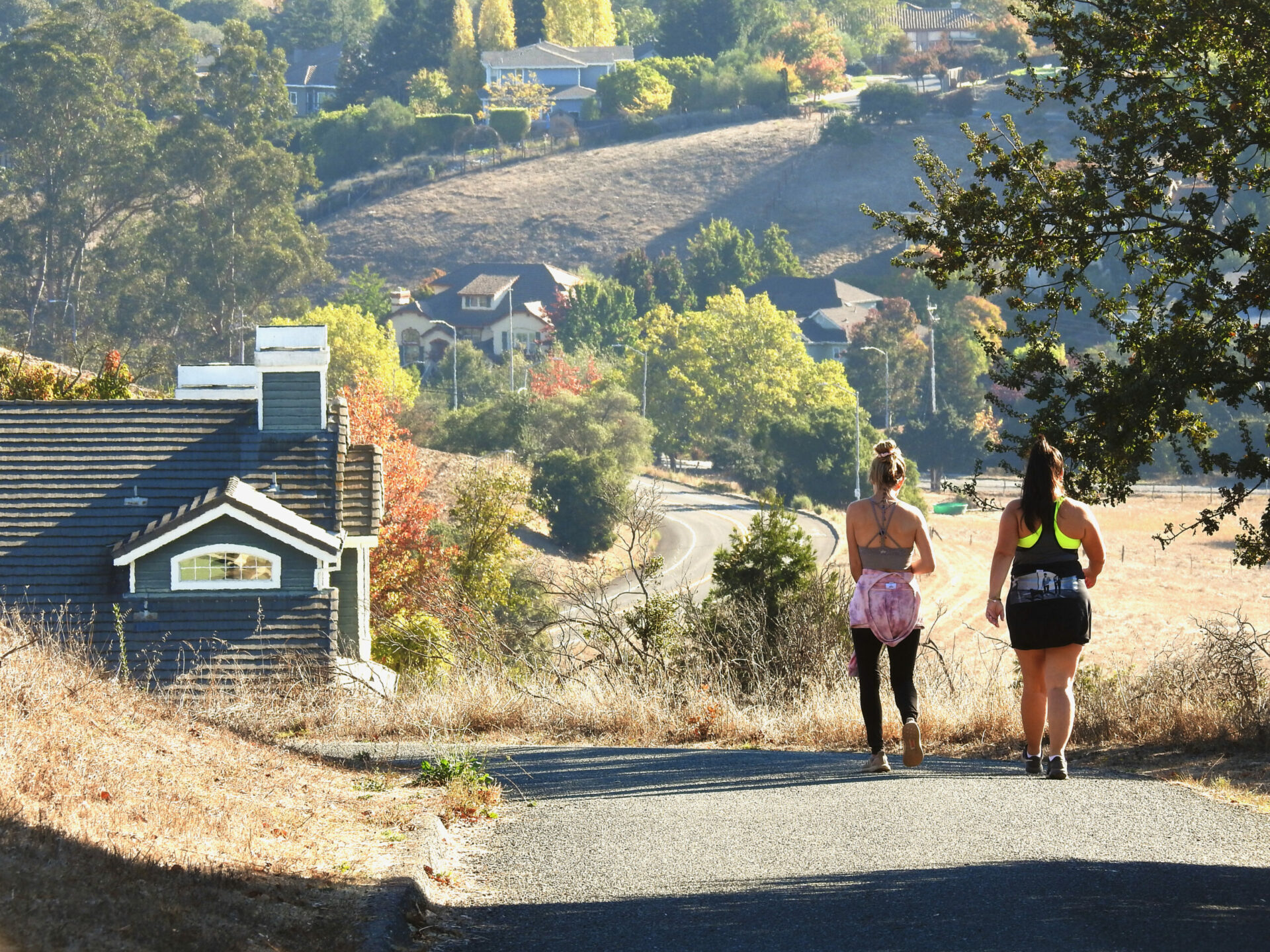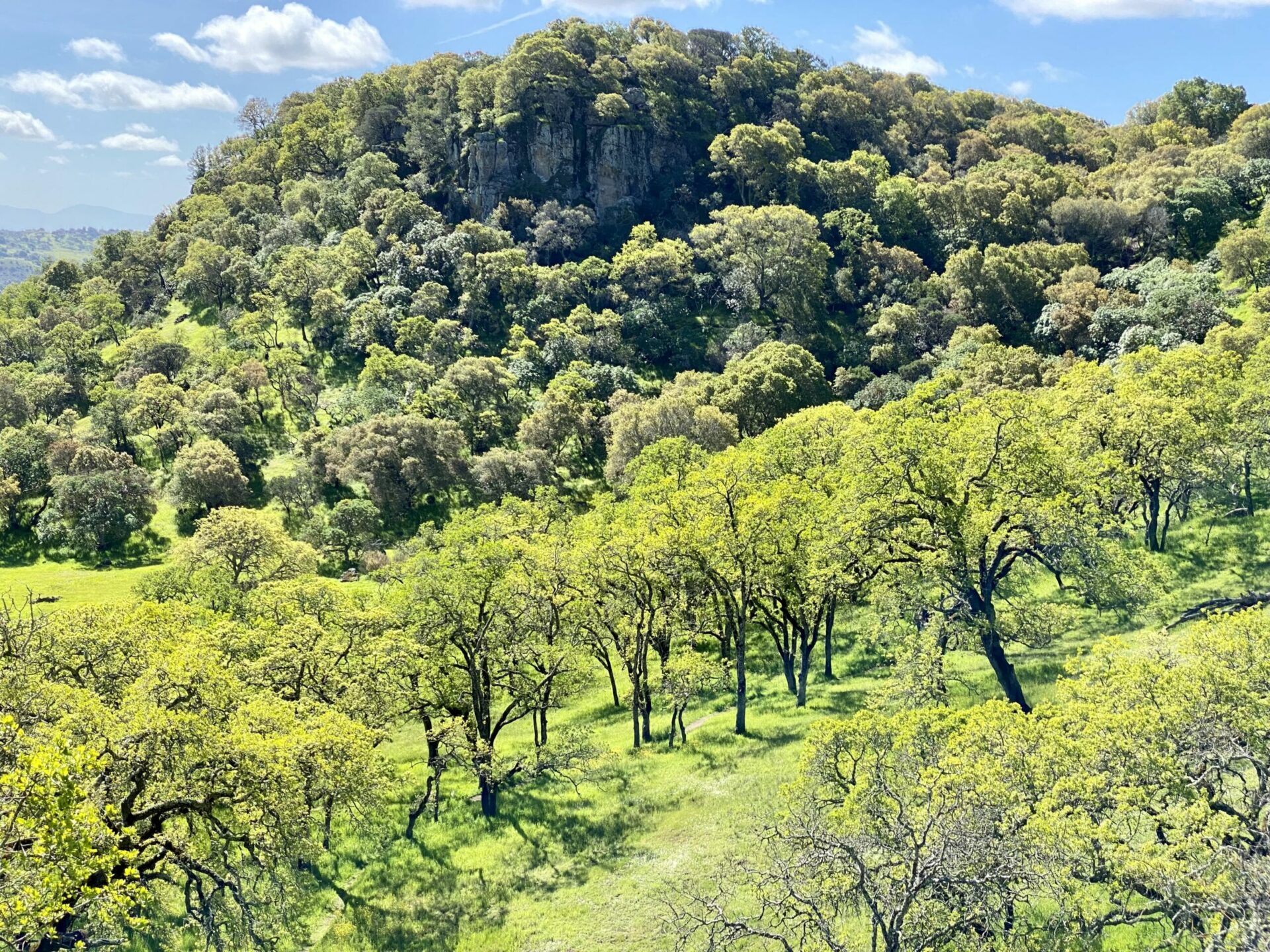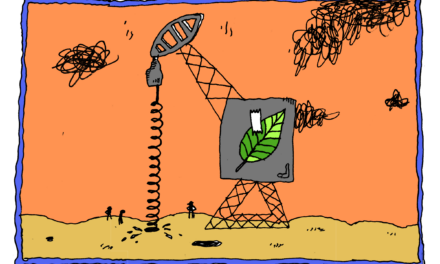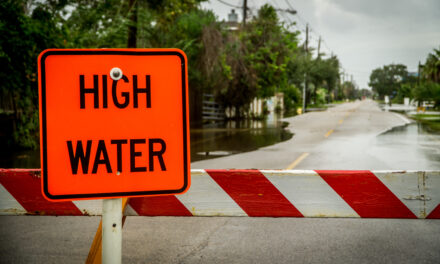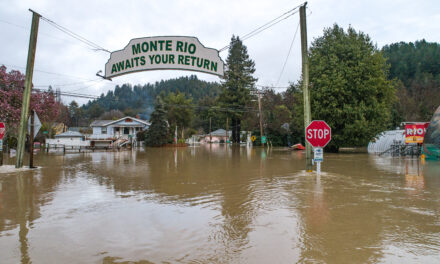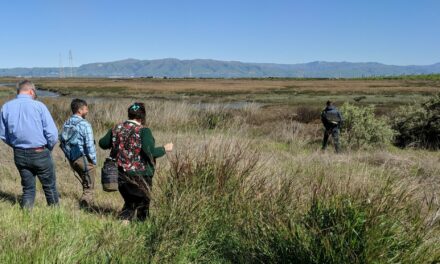Region Reconnoiters on 30×30 Aspirations
Keeping a third of California land unpaved might seem ambitious in a state where the car remains king, but even politicians are cozying up to the idea, at least in theory. Both Governor Newsom and President Biden have committed to the global 30×30 initiative, which aims to preserve 30% of the world’s land and water by 2030. “[The initiative] builds off of biologist E. O. Wilson’s call to conserve half of the Earth: 30% is an important milestone on the way to 50%,” Annie Burke, executive director of the Together Bay Area coalition, explains.
However, California’s proposed budget for 2023-2024 includes a 43%, $561 million cut to coastal resilience funding according to the Sierra Club, which could significantly hamper the state’s commitment to the 30×30 goals.
“It’s not 2030 yet, but we haven’t reached 30% yet either,” warns Burke. “Funding is really critical – we need to continue to make the case for climate resilience in the state budget and potential statewide law.”
To advocate for this funding, Together Bay Area – a regional coalition of over 70 nonprofits, public agencies, and Native American tribes – has collated around 117 projects that further the 30×30 milestones. From South Bay salt pond preservation to Sonoma lands restoration to new outdoor trails, these hyper-local projects aim to preserve the Bay’s unique micro-climates and mitigate the effects of climate change. The coalition hopes that their list provides a powerful model for what 30×30 entails in practice: a collective region-wide response to climate adaptation. “None of these projects are done in isolation,” Burke explains. “Public agencies work with nonprofits, and vice versa. They all end up being multi-benefit and multi-partnered.”
Parklands hosting rare blue oaks at the edge of Solano County sprawl. Photo: Robin Meadows.
Though implementing these projects would cost an estimated $700 million, it would also create 19,000 jobs, increase the economic value of California land, and foster resilience to climate change-related natural disasters. California wetlands, for example, function as sponges for sea level rise; coastal forests decrease wildfire risk; and both act as biodiversity hotspots for vital flora and fauna.
The Governor’s Office finalizes the California state budget in May, and the Bay Area coalition plans to keep fighting for climate resilience projects even in a period of relative austerity. Burke says, “I understand the need for a balanced budget, but we just don’t believe that this is where those cuts should happen. Without biodiversity, we as a species are in big trouble. Nature-based solutions pay off in the long run, because it doesn’t get cheaper to deal with these issues: they become more expensive.”
Burke isn’t daunted by the challenges. “A lot of people, a lot of money, and a lot of energy are going towards climate resilience. Depending on where you cast your eyes, you can see a lot of good.”
Other Recent Posts
Boxes of Mud Could Tell a Hopeful Sediment Story
Scientists are testing whether dredged sediment placed in nearby shallows can help our wetlands keep pace with rising seas. Tiny tracers may reveal the answer.
“I Invite Everyone To Be a Scientist”
Plant tissue culture can help endangered species adapt to climate change. Amateur plant biologist Jasmine Neal’s community lab could make this tech more accessible.
How To Explain Extreme Weather Without the Fear Factor
Fear-based messaging about extreme weather can backfire. Here are some simple metaphors to explain climate change.
Live Near a Tiny Library? Join Our Citizen Marketing Campaign
KneeDeep asks readers to place paper zines in tiny street libraries to help us reach new folks.
Join KneeDeep Times for Lightning Talks with 8 Local Reporters at SF Climate Week
Lightning Talks with 8 Reporters for SF Climate Week
ReaderBoard
Once a month we share reader announcements: jobs, events, reports, and more.
Staying Wise About Fire – 5 Years Post-CZU
As insurance companies pull out and wildfire seasons intensify, Santa Cruz County residents navigate the complexities of staying fire-ready.
Artist Christa Grenawalt Paints with Rain
Snippet of insight from the artist about her work.
High-Concept Plans for a High-Risk Shoreline
OneShoreline’s effort to shield the Millbrae-Burlingame shoreline from flooding has to balance cost, habitat, and airport safety.
In a Climate Disaster, Your Car Won’t Save You
Fleeing wildfires without a car might seem scary, but so is being trapped in evacuation gridlock — and the hellscape of car-dependency.

